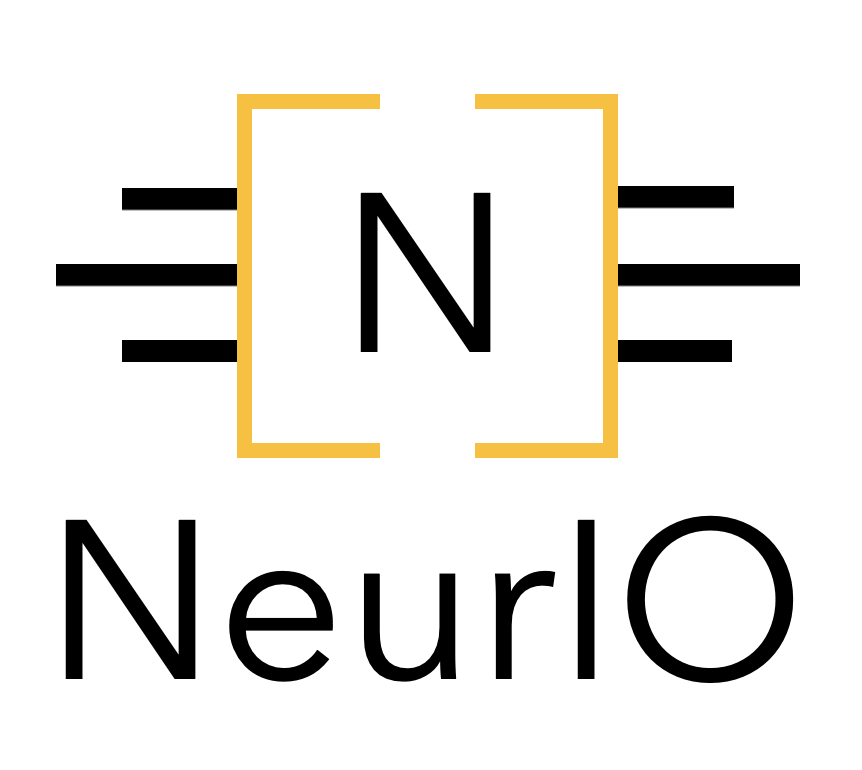Google Platforms#
List of supported platforms#
The following platform from Google is compatible with NeurIO:
| Platform | Processor | Description | Status | Firmware | Tools version |
|---|---|---|---|---|---|
| Coral Edge TPU | Google Coral | Google Coral TPU USB | Supported | - | TFLite Runtime, PyCoral v2.0.0 |
Google Coral Edge TPU#
Installation#
Prerequisites#
To use Google Edge TPU with NeurIO, you need to follow the installation steps on the official documentation.
Installation steps#
The current PyCoral library (v2.0.0) conflicts with the official Tensorflow package. To use the Edge TPU, it is required to modify the official tflite interpreter scripts. To do so, you need to modify the following file
{your_venv}/lib/python3.x/site-packages/tflite_runtime/interpreter.py
by replacing the following line:
from tensorflow.lite.python.interpreter_wrapper import _pywrap_tensorflow_interpreter_wrapper as _interpreter_wrapper
with:
try:
from tensorflow.lite.python.interpreter_wrapper import _pywrap_tensorflow_interpreter_wrapper as _interpreter_wrapper
except:
print("Using Interpreter from tflite_runtime package.")
As a result, the interpreter of Tensorflow Lite will be bypassed by the interpreter of the TFLite Runtime of PyCoral.
Usage#
You can import the Google Coral EdgeTPU device from the devices.google.coral module and use it to benchmark models.
For example, you can run the following code:
from neurio.devices.google.coral import EdgeTPU
model = ...
input_data = ...
device = EdgeTPU(port=None, log_dir=None)
device.prepare_for_inference(model=model)
predictions = device.predict(input_x=input_data, batch_size=1)
Execution process#
The execution process for EdgeTPU is as follows:
